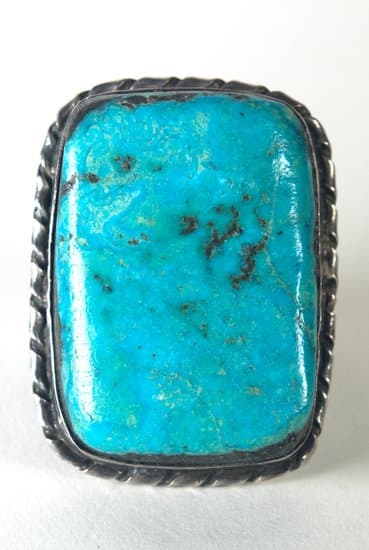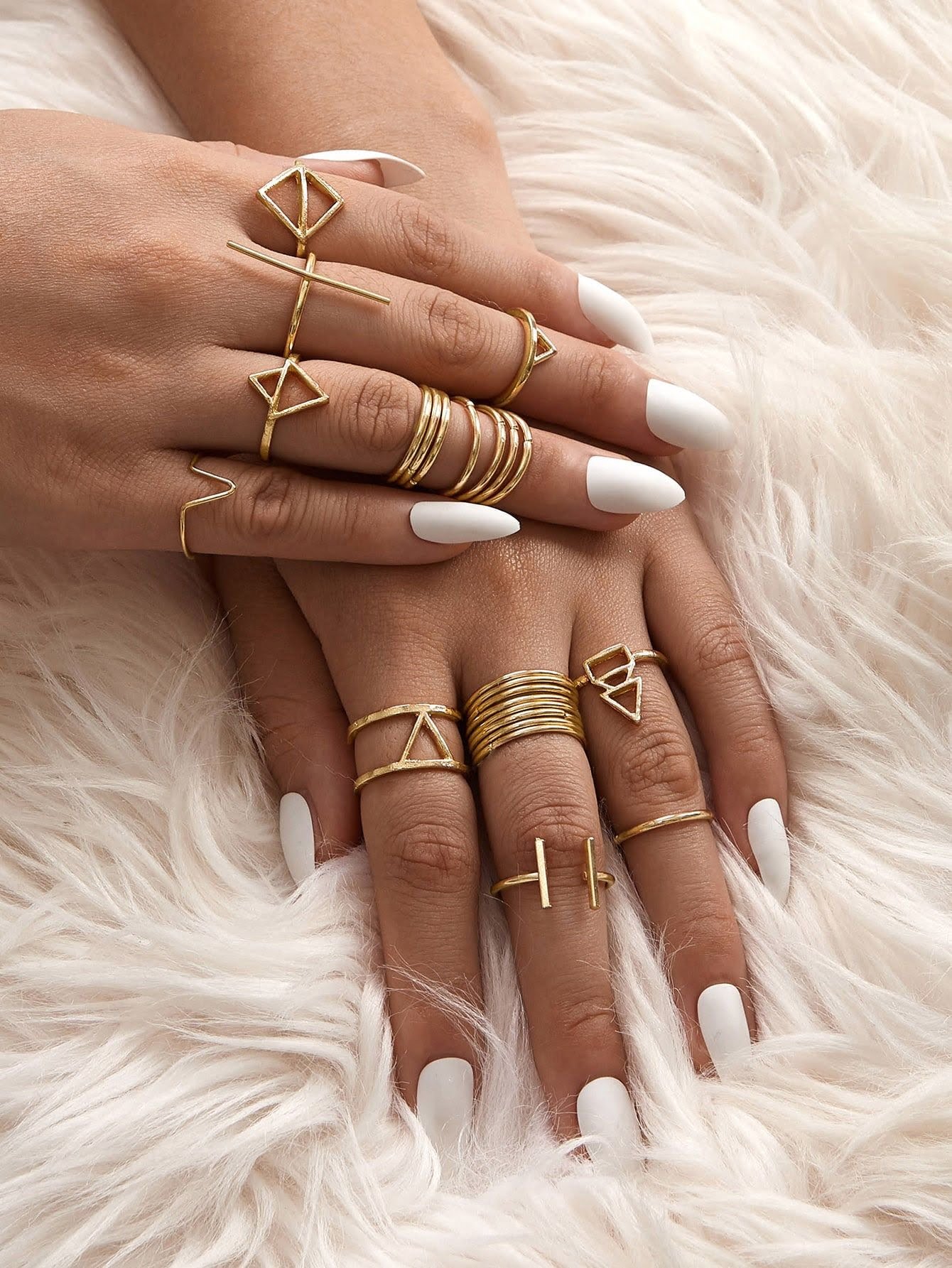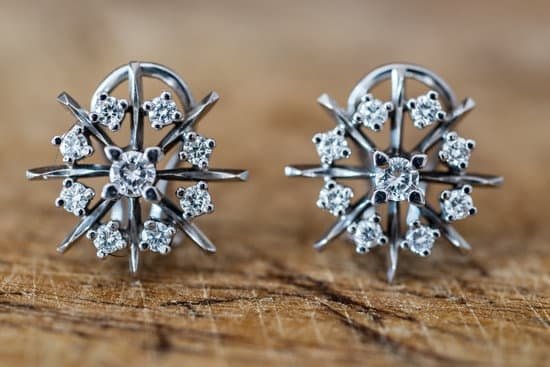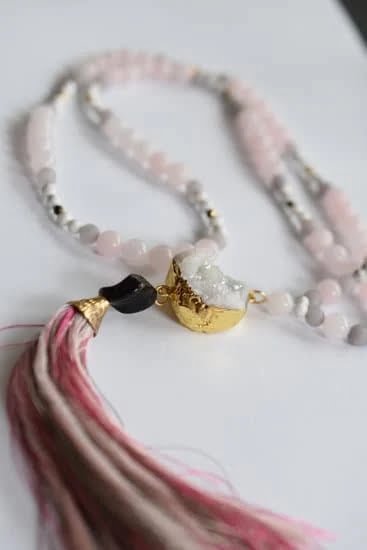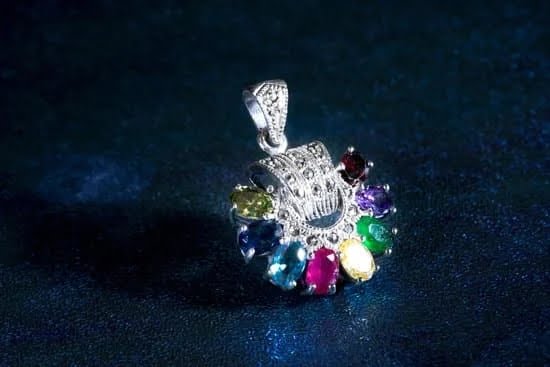Are you interested in learning how to make gold plated jewelry? Gold plated jewelry has a unique allure that exudes luxury and elegance, making it a popular choice for accessorizing various outfits.
In this article, we will delve into the process of creating stunning gold plated jewelry right in the comfort of your own home. From understanding the intricate process of gold plating to selecting the right base materials and adding protective coatings, we will explore the steps involved in crafting beautiful pieces that are sure to dazzle.
Gold plated jewelry offers a cost-effective alternative to solid gold pieces while still delivering the same glamorous appeal. Whether you’re looking to start a small jewelry-making business or simply want to create custom pieces for personal use, mastering the art of gold plating can be a rewarding skill. With careful attention to detail and the right techniques, you can produce stunning gold plated jewelry that rivals high-end designer pieces.
In the following sections, we will guide you through the entire process of making gold plated jewelry, from selecting the appropriate base materials and preparing surfaces for plating to executing the gold plating process step by step. Additionally, we will provide valuable tips on maintaining and caring for your finished creations. By the end of this article, you will have gained a comprehensive understanding of how to make exquisite gold plated jewelry at home.
Understanding the Process of Gold Plating
Gold plating is a process that involves adding a thin layer of gold onto the surface of another metal. This process allows individuals to enjoy the luxurious look of gold without the hefty price tag. Understanding how gold plating works and the materials involved is essential for creating high-quality gold plated jewelry.
The process of gold plating involves several steps, including cleaning the base metal, applying an initial layer of metal like nickel or copper, and finally applying a thin layer of gold. Here’s a step-by-step guide on how to make gold plated jewelry at home:
- Clean the base metal: Before applying any layers, it’s crucial to ensure that the base metal is thoroughly cleaned. Use a mild detergent or solvent to remove any dirt, oil, or residues from the surface.
- Apply an initial layer: Once the base metal is clean and dry, an initial layer of metal such as copper or nickel can be applied using a process called electroplating. This provides a smooth and durable surface for the gold to adhere to.
- Apply the gold layer: After the initial layer has been applied and dried, it’s time to apply the thin layer of gold using an electroplating process. The thickness of this layer will ultimately determine the quality and durability of the finished product.
By understanding these basic steps in the process of gold plating, individuals can create stunning pieces of jewelry with a beautiful gold finish. With proper care and maintenance, these homemade pieces can last for years, providing a touch of elegance and luxury to any wardrobe.
Selecting the Right Base Materials for Gold Plated Jewelry
Gold plated jewelry is a luxurious and cost-effective alternative to solid gold jewelry, making it an attractive option for many individuals. One of the key steps in creating stunning gold plated jewelry is selecting the right base materials to serve as the foundation for the plating process. Here are some essential considerations when choosing the base materials for your gold plated jewelry:
- Material quality: The base material used for gold plating should be of high quality to ensure that the finished product is durable and long-lasting. Brass, copper, and silver are commonly used as base metals for gold plating due to their ability to retain the shape and strength of the jewelry.
- Compatibility with gold plating solution: It is crucial to select a base material that is compatible with the specific type of gold plating solution being used. Different metals may require different pre-treatment processes or solutions to achieve optimal adhesion of the gold layer.
- Desired appearance: Consider the desired aesthetic outcome when choosing the base material for your gold plated jewelry. For example, if you want a warm tone, brass may be a suitable option, while silver can provide a cool, sleek look.
It’s important to note that proper preparation of the base materials can significantly impact the quality and longevity of your gold plated jewelry. Thoroughly clean and polish the base metal before proceeding with the gold plating process to remove any impurities or surface defects that could affect the final result.
In summary, selecting high-quality base materials that are compatible with gold plating solutions and align with your aesthetic preferences is essential for creating beautiful and durable gold plated jewelry. By carefully considering these factors, you can ensure that your finished pieces will exude elegance and craftsmanship.
Preparing the Surface for Gold Plating
When it comes to making gold plated jewelry, one of the most crucial steps is preparing the surface for the gold plating process. The surface of the base metal must be properly cleaned and prepped in order to ensure that the gold plating adheres correctly and has a smooth, flawless finish. This section will provide a detailed guide on how to prepare the surface for gold plating, ensuring that your jewelry pieces turn out stunning and professional-looking.
Before beginning the gold plating process, it’s essential to clean the base metal thoroughly. Any dirt, grease, or other impurities on the surface can prevent the gold from adhering properly. Start by using a mild detergent or soap and warm water to clean the metal. Once clean, rinse off any residue and then dry completely with a clean cloth.
After cleaning, you’ll need to remove any existing oxide layers or tarnish from the surface of the metal. This can typically be done using an appropriate metal polish or by lightly sanding the surface with fine-grit sandpaper. Make sure to remove any scratches or imperfections as well, as these will be visible through the gold plating.
Finally, once the surface is clean and free of impurities and imperfections, it’s important to activate it before proceeding with gold plating. This can be done using a specialized activator solution that creates an ideal surface for bonding with the gold. Once activated, the metal is ready for the gold plating process to begin.
| Preparing Steps | Description |
|---|---|
| Cleaning | Thoroughly clean base metal with mild detergent and warm water. |
| Removing Oxide Layers | Use metal polish or fine-grit sandpaper to remove any oxidation or tarnish. |
| Activating Surface | Apply an activator solution to create an ideal bonding surface for gold. |
The Gold Plating Process Step by Step
The process of gold plating is a fascinating and intricate art that requires precision and patience. To begin with, you will need to gather the necessary materials, including the item to be plated, a gold plating kit containing chemicals and a power source, as well as safety gear such as gloves and goggles. Once you have all the materials on hand, you can start the gold plating process.
Firstly, it is essential to thoroughly clean the surface of the item that will be gold plated. Any dirt or oils left on the surface can affect the adhesion of the gold plating, so it is crucial to ensure that the item is spotless before proceeding. After cleaning, the item must be rinsed thoroughly and dried completely before moving on to the next step.
Next, prepare your gold plating solution according to the instructions provided in your gold plating kit. This typically involves mixing specific amounts of chemicals with water and then adjusting the pH level of the solution. Once your solution is prepared, you can carefully immerse your prepped item into the solution while applying an electric current using a power source from your kit.
As an additional layer of protection and shine, consider adding a clear coat or lacquer to your freshly gold plated jewelry. This extra step helps maintain its luster while providing a shield against tarnishing. With these steps completed, your piece should now be beautifully gold plated and ready to wear or gift.
| Gold Plating Step | Description |
|---|---|
| Cleaning | Thoroughly clean the surface of the item |
| Prepare solution | Mix chemicals with water according to instructions in kit. |
| Applying Gold Plate | Immerse prepped item into solution while applying an electric current from power source. |
| Add Protective Coating | Add a clear coat or lacquer for protection against tarnishing. |
Adding a Protective Coating to the Gold Plated Jewelry
After successfully completing the gold plating process, the next crucial step in making gold plated jewelry is adding a protective coating. This final touch not only enhances the durability of the jewelry but also ensures that it retains its luster and shine for a longer period.
Types of Protective Coatings
There are different types of protective coatings that can be applied to gold plated jewelry. One popular option is to use a clear lacquer or varnish specifically formulated for metal surfaces. Another alternative is to opt for a thin layer of clear nail polish, which works effectively in sealing and protecting the gold plating from tarnishing and fading over time.
Application Process
Regardless of the chosen protective coating, it’s essential to apply it evenly across the surface of the gold plated jewelry. Using a small, soft-bristled brush or even a cotton swab can be helpful in achieving a smooth and consistent application. It’s important to allow each layer to dry completely before adding another coat to ensure maximum protection for the jewelry.
Maintaining Durability
Applying a protective coating to gold plated jewelry not only safeguards its appearance but also extends its lifespan. By taking proper care such as avoiding exposure to harsh chemicals, moisture, and abrasive substances, you can ensure that your beautifully crafted gold plated jewelry remains radiant and continues to make a statement for years to come.
Tips for Maintaining and Caring for Gold Plated Jewelry
Gold plated jewelry is a popular choice for those looking for the appearance of gold without the higher price tag. While gold plated jewelry can be a more affordable option, it does require some special care and maintenance to keep it looking its best. In this section, we will discuss some tips for maintaining and caring for gold plated jewelry to help you preserve its beauty and shine for as long as possible.
Avoid Exposure to Chemicals
One of the most important things to keep in mind when caring for gold plated jewelry is to avoid exposure to chemicals. This includes harsh cleaning products, perfumes, lotions, and even sweat. Chemicals can cause the gold plating to tarnish or wear off more quickly, so it’s essential to remove your gold plated jewelry before using any products that could potentially damage it.
Clean Gently
When it comes to cleaning your gold plated jewelry, a gentle touch is key. Use a soft cloth or brush to remove any dirt or grime, being careful not to scrub too hard and risk damaging the plating. Avoid using abrasive materials that could scratch the surface of the jewelry or remove the thin layer of gold.
Store Properly
Proper storage is also vital for maintaining gold plated jewelry. Store your pieces in a cool, dry place away from direct sunlight and moisture. Consider keeping each item separate from one another to prevent scratching, tangling, or other damage. By taking these simple steps, you can help prolong the life of your gold plated jewelry and ensure that it continues to look beautiful for years to come.
By following these tips for maintaining and caring for your gold plated jewelry, you can enjoy its beauty and shine without worrying about it losing its luster too quickly. With proper care and attention, your gold plated pieces can remain a stylish accessory for many occasions.
Conclusion
In conclusion, the process of making gold plated jewelry at home involves a combination of understanding, skill, and attention to detail. By selecting the right base materials, preparing the surface properly, and following the step-by-step gold plating process, one can create stunning pieces of jewelry that have the appearance of solid gold at a fraction of the cost.
Adding a protective coating will help to preserve the shine and luster of the jewelry, while regular maintenance and care will ensure that these beautiful pieces can be enjoyed for years to come.
Learning how to make gold plated jewelry not only offers a creative outlet but also allows for customization and personalization. Whether it’s creating unique designs or matching specific outfits or styles, crafting gold plated jewelry at home provides an opportunity for individuals to express their creativity and individuality through wearable art. With dedication and practice, anyone can master this craft and produce stunning pieces that rival those found in high-end stores.
In today’s world of mass-produced items, there is something truly special about handcrafted jewelry that has been made with love and attention to detail. The art of crafting beautiful gold plated jewelry at home not only provides a sense of accomplishment but also allows individuals to create meaningful gifts for friends and loved ones.
Whether it’s a pair of earrings, a bracelet, or a necklace, each piece tells its own story and holds sentimental value for both the creator and the recipient. Mastering this art form can bring joy, satisfaction, and even potential opportunities for small business ventures in crafting unique pieces for sale.
Frequently Asked Questions
Can I Gold Plate My Own Jewelry?
Yes, it is possible to gold plate your own jewelry with the right tools and materials. Gold plating kits are available for purchase and typically include everything you need to plate your jewelry at home, such as the gold solution, electrodes, and instructions.
How Do You Make Gold Plated Jewelry?
To make gold plated jewelry, a base metal is first cleaned and prepared for plating. Then, using a process called electroplating, a thin layer of gold is deposited onto the surface of the metal. This can be done using a bath of gold solution and an electric current to attract the gold particles onto the metal.
What Is the Process of Gold Plated Jewelry?
The process of creating gold plated jewelry involves several steps. First, the base metal is thoroughly cleaned to remove any dirt or impurities that could affect the adhesion of the gold layer. Then, a thin layer of nickel or copper may be applied to promote better adhesion of the gold layer.
Finally, the piece is immersed in a bath of gold solution while an electric current is passed through it to bond the gold particles onto the surface of the metal. After this process, the jewelry may undergo further finishing and polishing to achieve its final appearance.

Welcome to my jewelry blog! My name is Sarah and I am the owner of this blog.
I love making jewelry and sharing my creations with others.
So whether you’re someone who loves wearing jewelry yourself or simply enjoys learning about it, be sure to check out my blog for insightful posts on everything related to this exciting topic!

